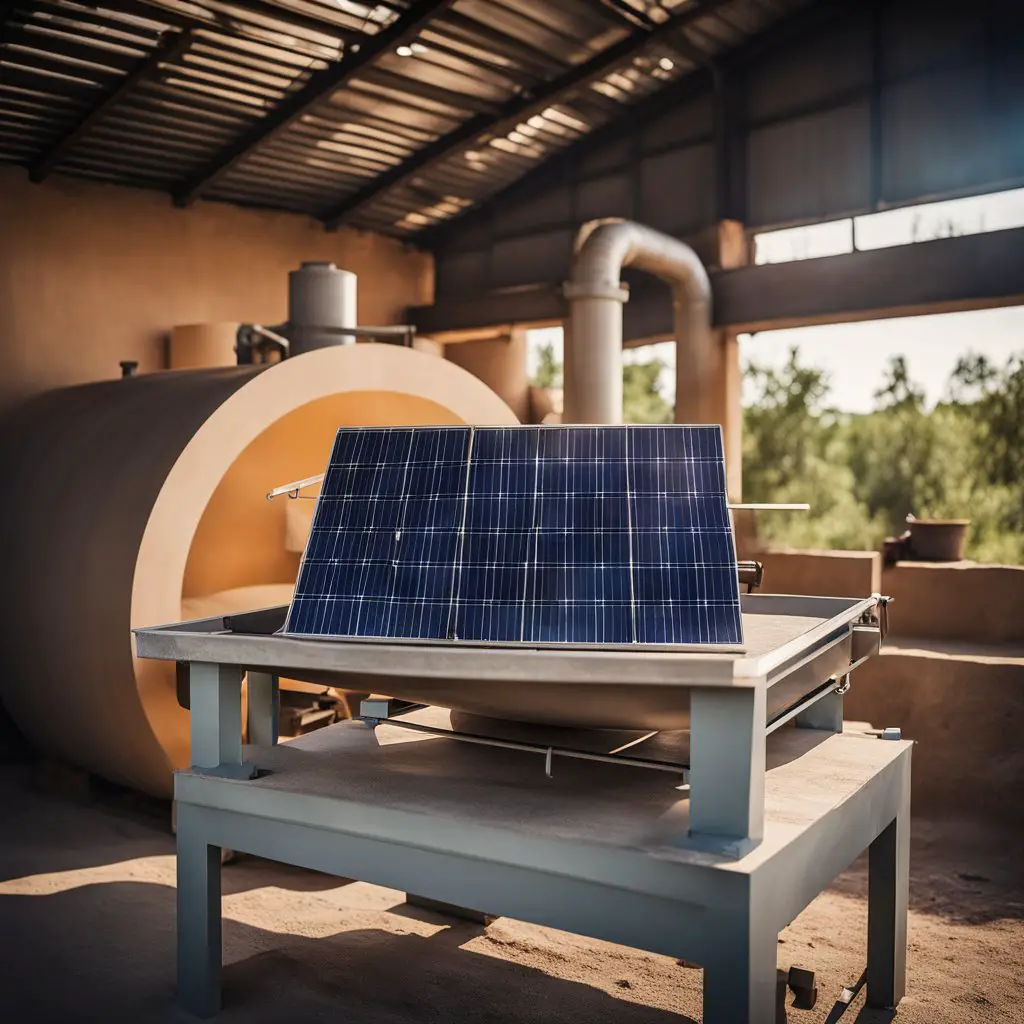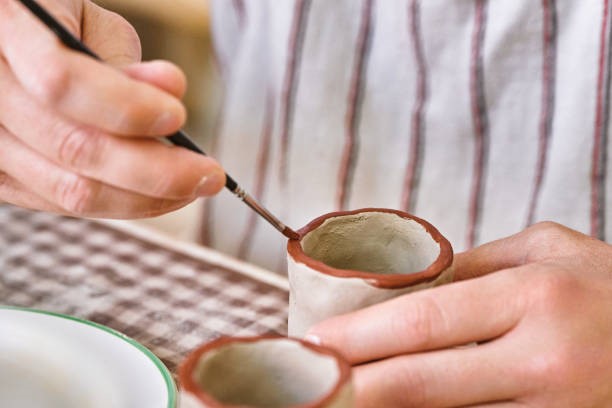Given the rise of solar power usage in the country and beyond, it is time that the pottery community should also invest in this natural source of power. And many have already started exploring this eco-friendly alternative. While a big chunk of the pottery processes do not require a lot of power, the one thing that does is an electric kiln. A great way to mitigate power consumption for those who use an electric kiln is to substitute it with a solar pottery kiln. But, how does it work? And will it be as effective as a standard electric kiln? Let us find out!
How Does A Solar Pottery Kiln Work?
Solar pottery kilns are a sustainable and eco-friendly way to fire your pottery with the help of the sun’s energy. While traditional kilns work on electricity generated from fossil fuels, solar pottery kilns are a great alternative. Unlike fossil fuel, solar power is unlimited in supply and hence can reduce your dependence on electricity generated from traditional sources that are depleting at a fast rate.
Now, there are two types of solar pottery kilns. The first type is the one that works on electricity generated from solar panels or attached to a grid powered by solar energy. The second kind directly harnesses the solar energy with the help of parabolic reflectors.
- Grid-Powered Solar Pottery Kilns:
While installing solar panels in your home can be a bit costly, they do pay off in the long run. Traditional electric kilns draw a lot of power given the fact that they have to achieve very high temperatures for a particularly long duration. This can result in heavy electricity usage which can cost you a lot in terms of power bills.
However, solar panels require a one-time investment and if you solely rely on solar energy, you won’t have to pay for anything for years to come. Moreover, if your solar panels do store extra energy and are attached to a grid, you can also get paid for this extra electricity produced by your solar panels. So, it is a win-win situation. Moreover, this extra energy can also be used on cloudy or rainy days when the sun isn’t as bright.
- Parabolic Reflector-Based Solar Pottery Kilns:
This particular variant of solar pottery kiln focuses the sun’s heat on a small chamber. In this kiln, the heating chamber is designed to be small enough to hold the heat sufficiently for the firing process. However, these kilns cannot hold a lot of pottery pieces. If you are a hobbyist or do not fire artwork in bulk, this can be a great option for you. However, if you are looking for a solar pottery kiln that can fire in bulk, you would be better off using the former option.
Benefits Of Using Solar Pottery Kilns
1. Use Of Solar Concentrators:
As explained earlier, solar pottery kilns generally use solar concentrators like dish systems or parabolic troughs that concentrate the sun’s energy onto the ceramic or pottery to generate intense heat. These concentrators are capable of tracking the sun’s movement throughout the day which helps with optimized energy capture.
2. Energy Efficiency:
Solar pottery kilns are designed to be highly energy-efficient. With the use of insulation chambers, reflectors, and other cutting-edge technologies, solar kilns can maximize heat retention thereby minimizing heat loss. If you plan on using solar kilns, make sure you place them on refractory supporting tools to ensure the artwork doesn’t stick to the kiln’s shelf. A good option to invest in is the Kekafu Support Nails which come in a set of 30 pieces. They are reusable and can easily resist high firing temperatures.
3. Thermal Energy Storage:
To ensure the firing process continues even when the sun isn’t shining, solar pottery kilns are equipped with thermal energy storage systems. These systems can store excess heat generated during sunny days and use it as and when required.
4. Temperature Control:
Just like a regular pottery kiln, the solar variants also feature equipment to ensure temperature control. Solar kilns can maintain the required firing temperature with an integrated temperature sensor. This ensures your artwork is fired perfectly.
5. Environmental Benefits:
The best thing about using a solar-powered pottery kiln is the fact that they are completely eco-friendly. They don’t produce greenhouse gases and also reduce the overall carbon footprint during the pottery production phase. This makes solar pottery kilns a sustainable option for potters and artists.
6. Long-Term Cost Savings:
While installing a solar panel or getting solar-powered pottery kilns might be priced on the higher end, they are cost-effective in the long term. Given that they utilize free and abundantly available solar energy, your power bills are effectively zero.
Downside Of Using Solar Pottery Kilns
Although the benefits of using solar pottery kilns outweigh the disadvantages, there are some that you must consider.
- Fluctuating Power Generation:
Power generated by the sun’s energy is completely dependent on the weather. On sunny days, you might generate extra power while on cloudy or rainy months you might generate a negligible amount of energy. While this was an issue early on, today, technological advancements have allowed the extra energy stored during sunny days to be stored for when the sun isn’t shining at its full strength.
- Limited Portability:
Although regular kilns are heavy and not designed to be portable, technological advancements have allowed smaller-sized pottery kilns to be carried around easily. However, this might not hold in the case of a solar pottery kiln. This is especially true for the ones with fixed installations such as a dish system or parabolic troughs.
Conclusion
Solar pottery kilns are a great alternative to regular kilns for those who need to save money while investing in an eco-friendly firing option. If you do have the initial budget, a solar pottery kiln would surely do you good. Remember, if this is the first time you will be purchasing a solar kiln, it is better to first test it out. If your local pottery studio has one for you to test, experiment working with it and find out if it is the right choice for you. In most cases, especially if you are a hobbyist, this would work perfectly. So, make sure you weigh the pros and cons of investing in a solar pottery kiln and start your journey to eco-friendly pottery firing!








